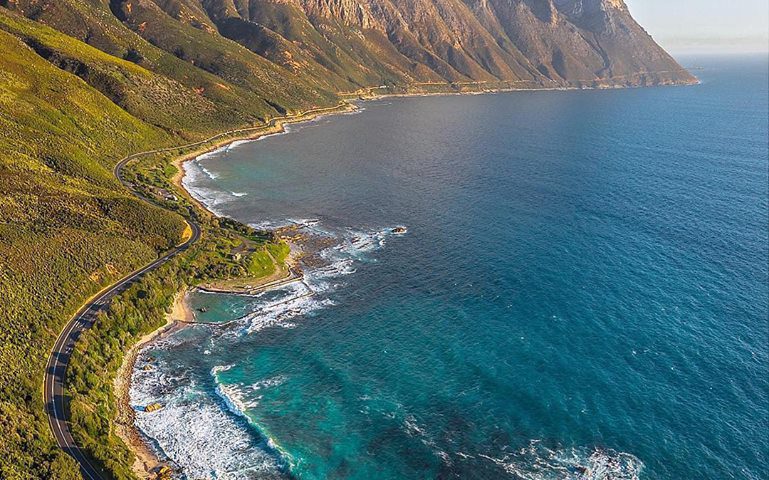I came across a website www.buzzfeed.com recently where a follower, called travelguru, rated Clarence Drive (or, more prosaically, a portion of the R44) as the best scenic drive in the world. But there is no mention of the interesting history of Clarence Drive.
In the 17th century, individuals and families started moving inland from Cape Town. The Hottentots Holland Mountains were the first great challenge.
The obvious route over the top followed the track originally trodden by migrating eland, then still in use by the Khoi, known as the Gantouw Pass.
The other route turned towards the ocean and went round the mountains in the vicinity of Cape Hangklip.
This became the preferred route for dubious characters, especially escaped slaves, and deserting soldiers and sailors.
No road development at all took place along this route in the 19th century and even when the Stony Point Whaling Station was built in 1912, material from Cape Town had to travel over Sir Lowry’s Pass, by ox-wagon to the Palmiet River, crossing by pontoon and on to Betty’s Bay.
In the 1930s three business partners acquired several farms with a view to developing a township. They were Arthur Youlden (after whose daughter, Betty, the township was named); Harold Porter (who later donated his own farm as the basis of the present botanical gardens); and Jack Clarence, after whom the scenic drive is named.
A route from Somerset West to Betty’s Bay was obviously needed if people were to build houses there and shortly after the start of World War II, Clarence realised that the cost of the road and the time needed to finish it could be drastically reduced if some of the 63 000 Italian prisoners of war in South Africa worked on it.
This coincided with a military decision to install two radar stations on the mountainside at Cape Hangklip, requiring better road access. As the road was seen as a military project, things went quickly. Barracks were built for the POWs and some hundreds moved in.
The buildings still exist as the Glen Craig Training Centre. Both the upper and lower radar buildings also still exist – one as the Hangklip Hotel and the other as a private house. Italian POWs were well-treated and enthusiastic about Clarence Drive and it was completed in a short time.
It has always been a beautiful scenic drive, but was dramatically improved in 1998, with the addition of several viewing sites.
I haven’t visited all the contenders for the best scenic drive in the world, but I did recently drive Clarence Drive both ways and was grateful that something of great beauty had come out of a war.

